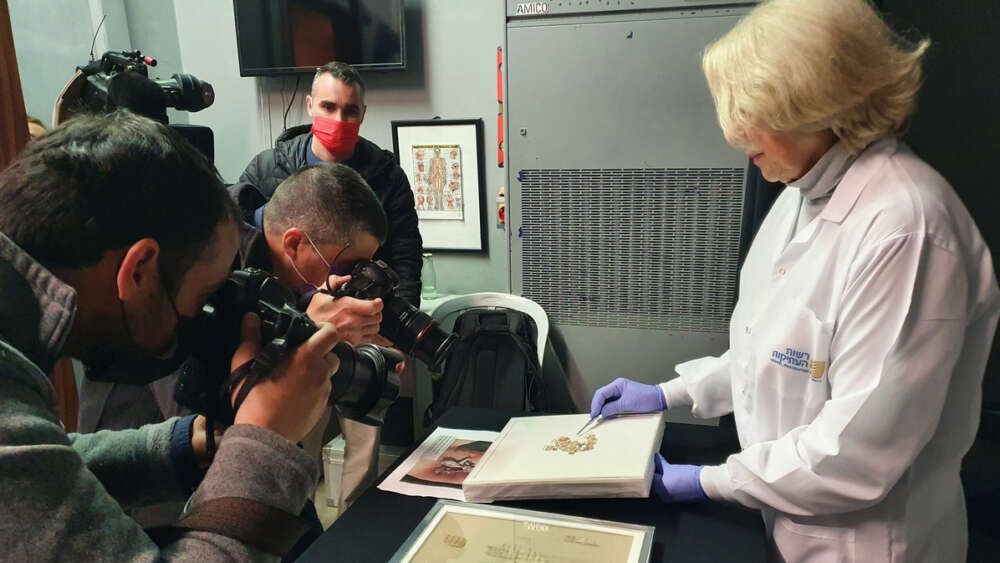New Dead Sea Scrolls pieces found in 'Cave of Horror'
“We can be confident that these are genuine fragments.”
Newly-discovered fragments of the Dead Sea Scrolls provide fresh assurance that the text of the Hebrew Bible has remained relatively consistent over several thousand years, says an Australian professor who specialises in the ancient documents.
The parchment fragments, which were discovered by Israeli archaeologists earlier this year, make up small parts of Greek translations of the Old Testament books of Nahum and Zechariah, says Ian Young, Associate Professor of Classical Hebrew and Biblical Studies at Sydney University.
Authorities say the fragments, which can be radiocarbon dated to around 200, were discovered in the ‘Cave of Horror’ – named for the bodies found there in previous excavation attempts in the 1960s.
The fact that the parchments were discovered by the Israel Antiquity Authority and are part of the Leon Levy Dead Sea Scrolls Digital Library significantly increases their reliability, Professor Young told Eternity.
“They were actually discovered by archaeologists, which is exciting. The problem recently has been that [people who try to create forgeries of the scrolls] are getting really good at forging them, so quite a number of the smaller Dead Sea Scroll fragments have been declared forgeries,” he said.
“We can be confident that these are genuine fragments.”
The fragments contain Greek translations of early Hebrew writings of Zechariah and Nahum, which is helpful for researchers in understanding the earliest iterations of the texts.
“There’s a wide variety of ancient text to the Bible; the text is quite fluid,” Professor Young said.
According to Professor Young, this is partly because early scribes held the attitude that exact copying of a text involved the transcription of meaning, more than exact word-for-word transcription.
“Up to a certain point, ancient scribes thought that what was important was getting across the main message, so sometimes they would rephrase things for difference audiences,” explained Professor Young. “But that’s not the way we approach scripts today.”
But by finding Greek translations from a specific Hebrew era, these fragments show that words remained generally consistent. By “about the second century,” Professor Young says, the evolution of texts stopped and began to be transcribed directly.
“Even when we’re talking about variance, we can still recognise the text as the one we’re dealing with …” – Ian Young
The reality of the development of what is now the Christian Bible is an important thing to grasp, he said.
“People are kind of aware of [the fluidity of early texts] because they see footnotes in their Bibles, but there’s a lot more variety than ever surfaces in an English Bible.”
But the long history of scripture manuscripts – including the latest Dead Sea Scrolls discovery – should also give readers confidence in the words they read.
“Even though there is fluidity in the Bible, [these discoveries] at least demonstrate that … there is an antiquity to the Hebrew Bible,” said Professor Young. “Even when we’re talking about variance, we can still recognise the text as the one we’re dealing with, even in highly variant cases.
“It shows us that this Bible we’re holding in our hands has this long history where the texts are recognisably similar to the texts which are a couple of thousands of years old.”



